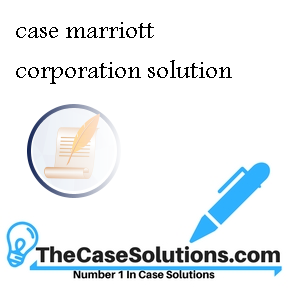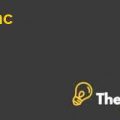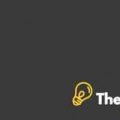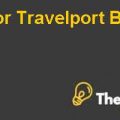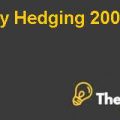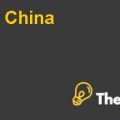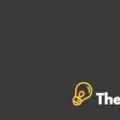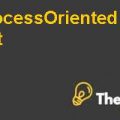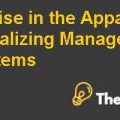Q.1 Describe the structure of Marriott Corp. Address potential implications of using a single overall cost of capital in capital budgeting decisions in different divisions. Explain in details your answer!
Marriot is operating under three divisions that contribute toward the total profitability. The debt over capital structure is 41% and equity to the total capital is 59% for Marriott incorporation. This structure is for the total of these three divisions that combines to make the Marriot Incorporation (Appendix 1).
Single and overall cost of capital is related to the group, but not the independent division. In such case the benefit is about the new projected investment. In new investment, the required return of the group at large is considered, but not the specific division because financing comes from the group. In that case, the corporation does not need to recalculate the required return of specific division and then discount the cash flows of that specific rate. The single required return incorporates the risks and returns of all its investors, whether it is equity, debt or any other mean of financing. The required return is met through this method, no matter from which division the expansion or investment belongs.
The other implication is that although the required return of all investors of the group is met, however the industry risk of each division is different as it can be observed in appendixes that the beta equity of each 3 divisions and the group at large are different. The incorporation of risk is necessary and the weighted average cost of capital is different due to different required returns of debt holders and equity holders as well. Therefore, in order to incorporate that effect, different rates must be used related to the industry or division while going for expansion or investment.
Q.2 Describe the key elements of the financial management of Marriott Corp.
The key element in the financial management of Marriott group is to operate rather than own it. The group is expanding extensively through the use of debt funds and the venture capital funds to go for expansion. After generating the healthy profits and cash flows annually, it repurchases the equity stake inthe Marriot. The corporation believes in expansion because the cash flows can only occur through expansion with the money of other like debt holders and venture capitals.
It only has the strategy of expansion and to repurchase the shares through cash inflows and outside funds raising methods.
Q.3 Estimate the overall cost of capital of the Marriott Corp. Explain in details your answer and show your calculations!
The cost of capital can be derived through weighted average cost of capital (WACC), it incorporates the rates and the weightages of the market values of debt and equity but not the book values. It is a general phenomenon that the market value of debt is same as the book value of the debt because under reporting the changes in debts are incorporated.
To derive the cost of equity, the most widely used method is capital asset pricing model (CAPM); it incorporates all markets and financial risks of the entity through beta method. The beta asset of the group is 0.7 that is considered to be the market risk; the beta equity is 0.97 which incorporates the market risk as well as the financial risk that is arisen due to the debt structure of 41% in the capital structure of Marriot. The risk free return is the 30 year return of the US government, i.e. 8.95% and the market risk premium is 7.43% that is derived through the market risk premium average since 1926 till 1987. The application of CAPM formula over the given variables derives the cost of equity as 16.2% for the Marriot Corporation (Appendix 2).
The cost of debt is derived through adding the premium to the US government bonds. The Marriot Group raises long term debt, therefore 30 years risk free rate is applicable, i.e. 8.95% and the premium for the group is 130 bps (Table A). After adding the premium, the cost of debt is 10.25%, but it is gross of tax. The corporates can have a tax benefit over the interest payment of the debt, therefore the tax benefit of 44.1% must be adjusted to make it net of tax. The net of tax cost of debt is 5.7% (Appendix 2).
The weighted average cost of capital 11.7% through incorporation of weightages of equity and debt by multiplying their respective required returns (Appendix 2)...........................
This is just a sample partial case solution. Please place the order on the website to order your own originally done case solution.

